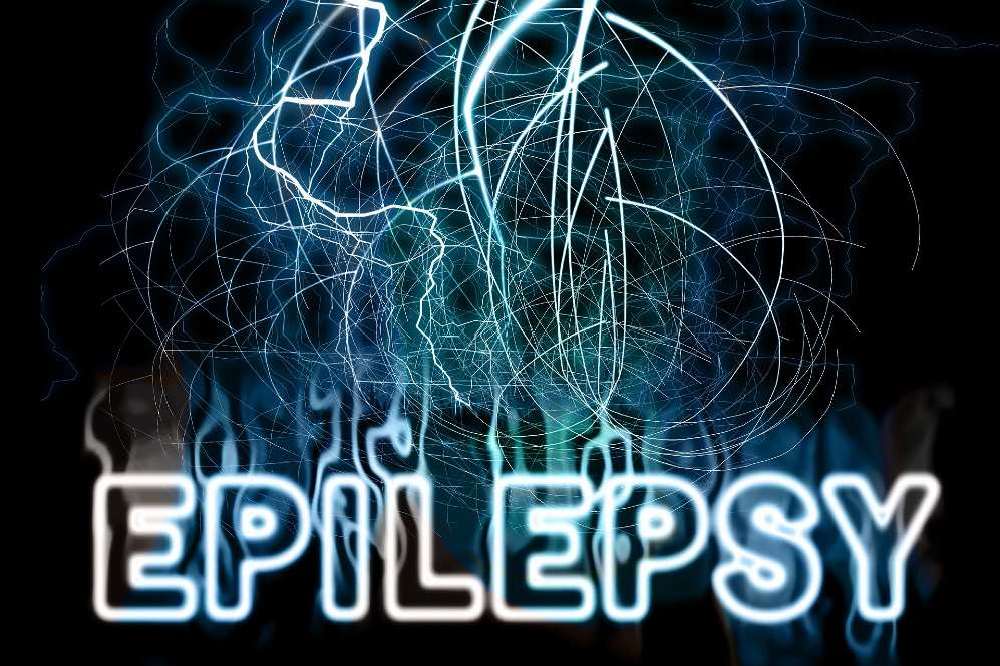November marks Epilepsy Awareness Month; a time to raise awareness of the fourth most common neurological illness. Few people are unaware of the existence of the condition, but many are unaware - or massively uninformed - of the symptoms of epilepsy.

Photo credit: Pixabay
Here we break down some of the biggest myths surrounding the condition:
1. People with epilepsy… All suffer from convulsions
The image of epilepsy that we are presented with in the media is that of a person having full body convulsions on the floor, foaming at the mouth with their eyes rolled back. While an epileptic seizure certainly can look like this, what is commonly referred to as a grand mal seizure or tonic-clonic seizure, there are in fact many types.
Some may experience a sudden change in taste or smell or experience nausea, some may find themselves suddenly very fidgety, and some may have episodes of involuntary motor activity such as spasms in the limbs or face. An epileptic seizure can also involve brief periods of confusion or disorientation, sudden collapse or simply zoning out for no apparent reason.
2. People with epilepsy… Will have epilepsy all their lives
There isn’t a cure for this condition, but more than half of cases of childhood epilepsy tend to be resolved with the onset of adulthood. It is extremely common for people to go many years without seizures, even without medication. On the other hand, some who are diagnosed with epilepsy prefer to continue taking medication regardless of the absence of seizures in order to avoid any recurrences.
3. People with epilepsy… Cannot drive or work
Medication for treating epilepsy is successful at stopping seizures for more than 70% of sufferers, which means that most people with epilepsy are perfectly capable of living a normal life; working in whatever career path they choose, driving, extreme sports etc. etc. Of course, if you do suffer seizures on a regular basis, with or without medication there will be restrictions on what you’re able to do for your own, and other people’s, safety. But it’s the seizures that determine what you are and are not able to do while living with epilepsy, not the diagnosis itself.
4. People with epilepsy… Are in danger of swallowing their tongues during seizures
It is physically impossible for a person to swallow their tongue during a convulsion, so do not attempt to place anything in a person’s mouth if they are having a tonic-clonic seizure as you risk causing injury to them or yourself. If you do see someone having these kind of convulsions, place something soft under their head and move any sharp objects away from their body. Do not restrain the person, and place them in the recovery position as soon as you are able.
MORE: How to parent a child with epilepsy
5. People with epilepsy… Must avoid flashing lights
Photosensitive epilepsy actually only accounts for 3% of people with the condition; certain light patterns or intensities are known to bring on seizures in these people, most of which tend to be children or adolescents.
Photosensitivity isn’t just a problem for people with epilepsy either; flashing lights can cause feelings of nausea and dizziness in people who are not diagnosed with the condition, due to either another physical condition or photophobia.

